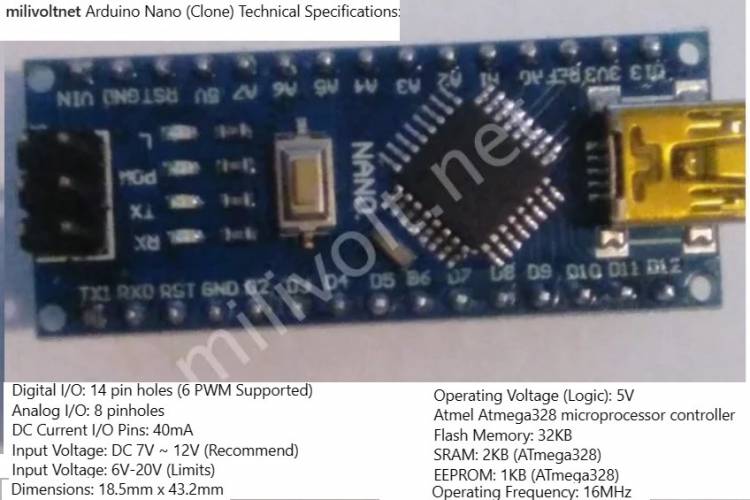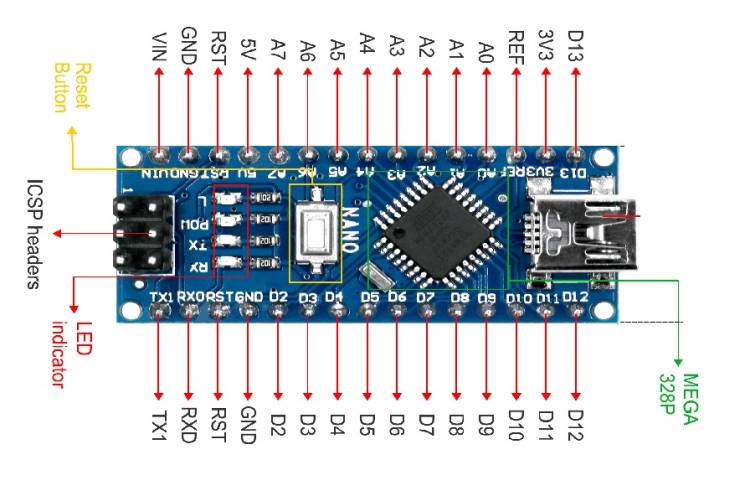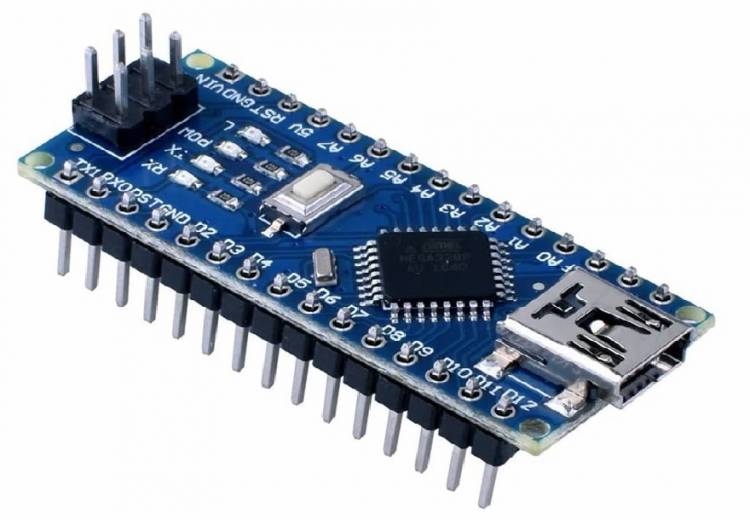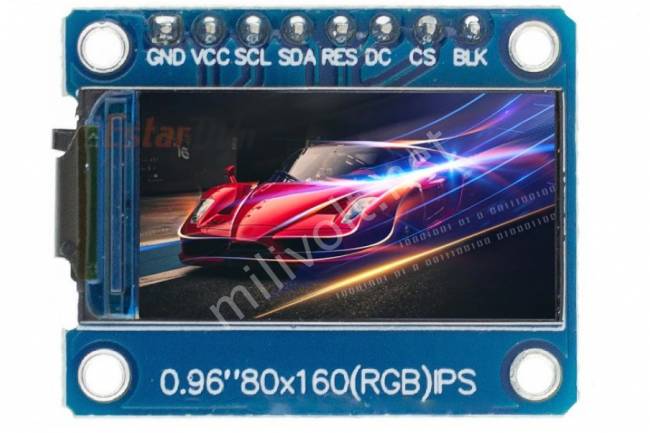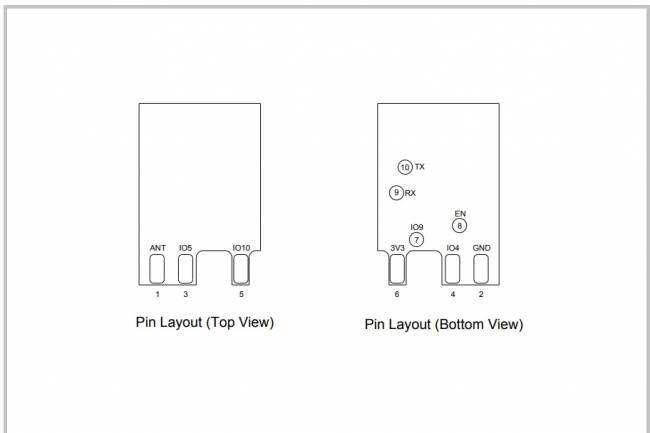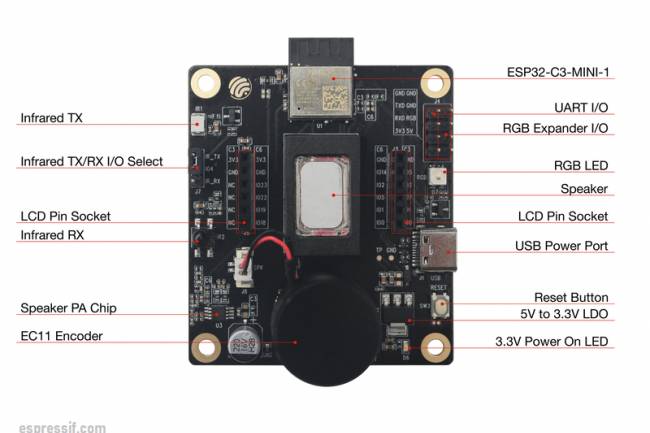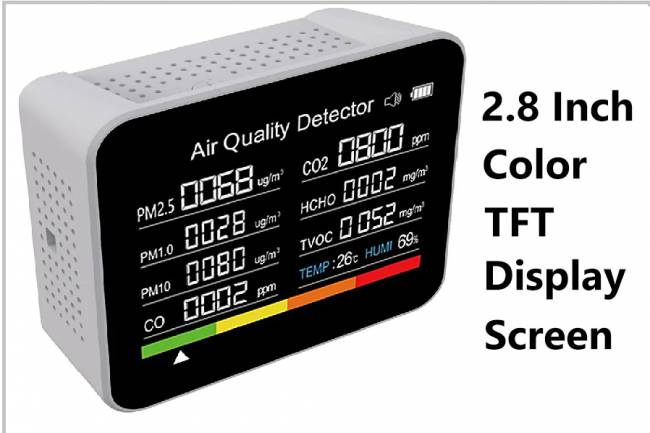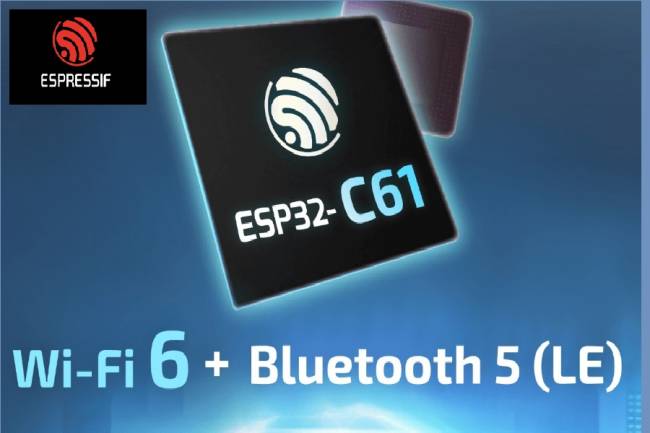What is Arduino Nano?
Arduino Nano is a popular microcontroller board and a model used in many projects in the Arduino ecosystem. Here are the main technical specifications of Arduino Nano:
Microcontroller: It has Atmel ATmega328P microcontroller. This is a microcontroller based on 8-bit AVR architecture.
Operating Voltage: The Arduino Nano has an operating voltage of 5 volts or 3.3 volts. It must be fed according to the selected voltage.
Processing Speed: The microcontroller works with a 16 MHz crystal oscillator and has many input/output pins that can perform fast processing.
Digital Input/Output Pins: Arduino Nano offers a total of 14 digital input/output pins. 6 of these pins can output PWM (Pulse Width Modulation).
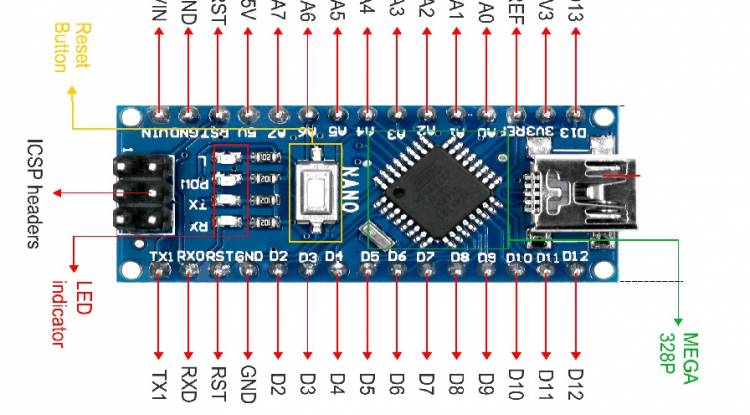
Analog Input Pins: Arduino Nano has 8 analog input pins. These pins can be used to read voltage or signal values with analog sensors.
Memory: Arduino Nano has 32 KB flash memory (program memory), 2 KB SRAM and 1 KB EEPROM. These memories are used for storing code and data.
USB Connection: The Arduino Nano has a micro USB port. It is possible to upload programs or transmit data via serial communication to a computer or other devices via this port.
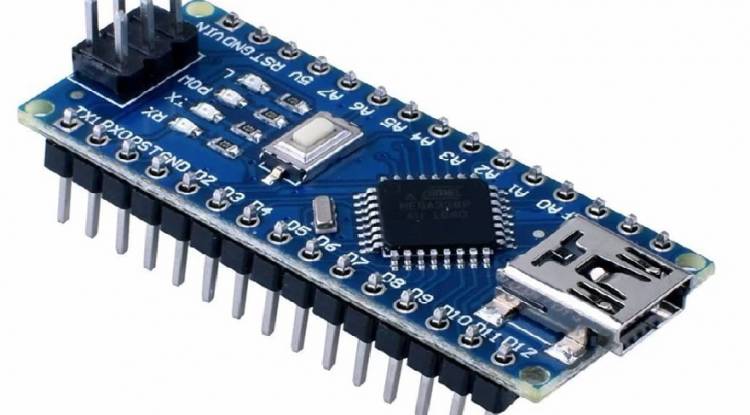
Dimensions: The Arduino Nano has a small form factor. It is usually 18x45 mm in size.
Programming Language: Programming of Arduino Nano is done in C or C++ programming language using Arduino software. Arduino libraries and development environment facilitate the development of projects.
Arduino Nano is a widely used Arduino board, thanks to its compact dimensions and large pinouts, which are ideal for many applications. It is a preferred model especially for mobile and embedded system projects.
